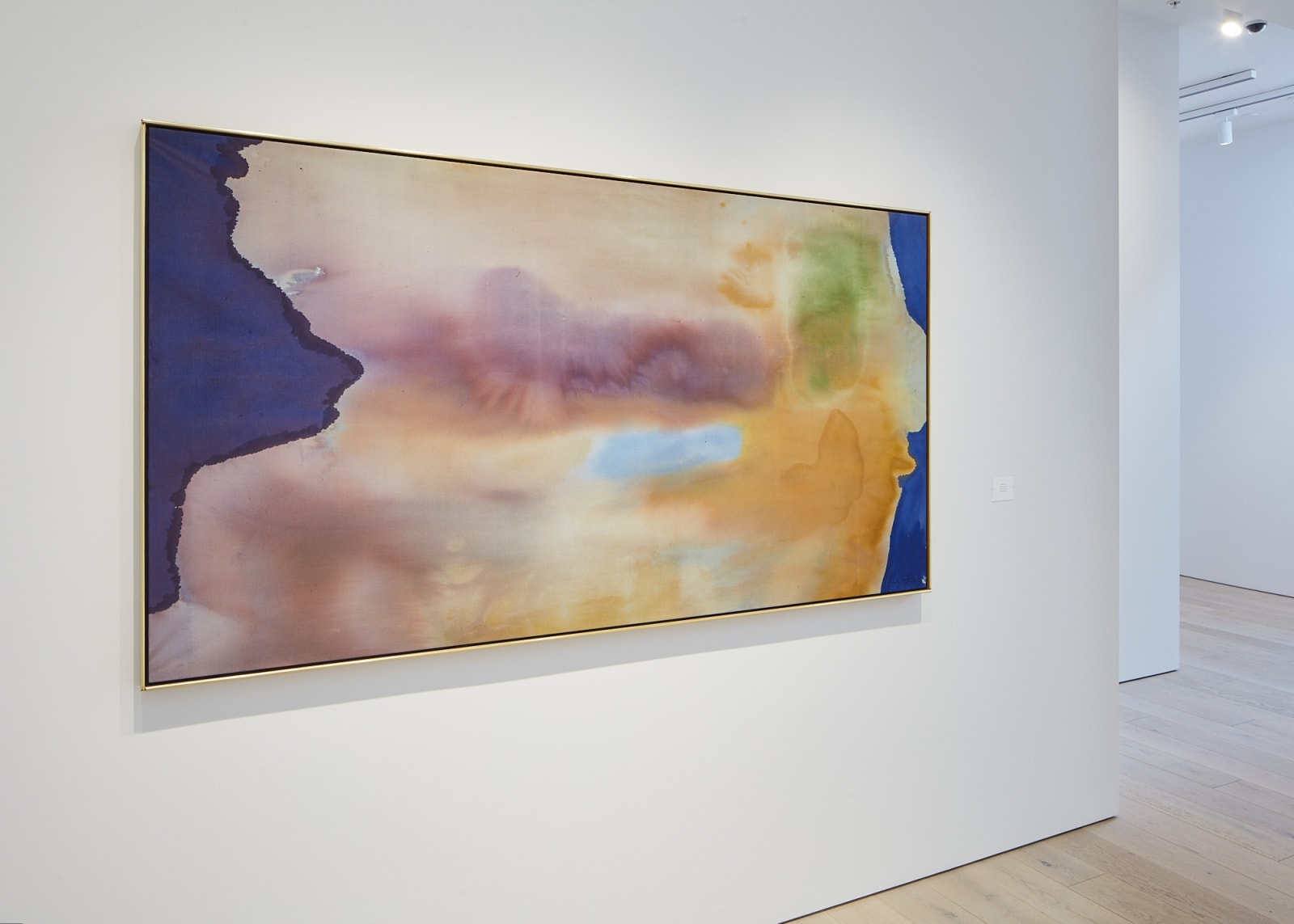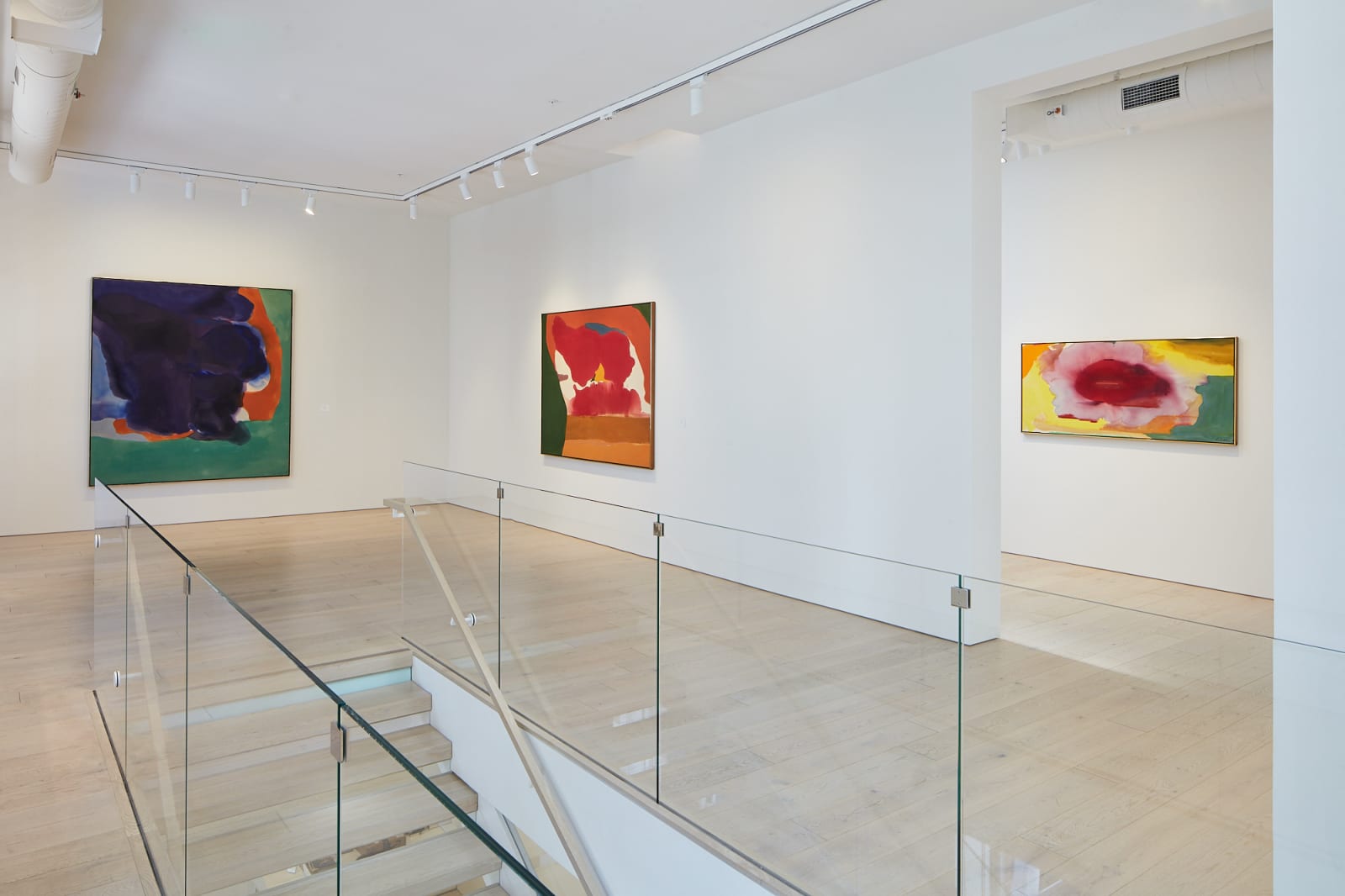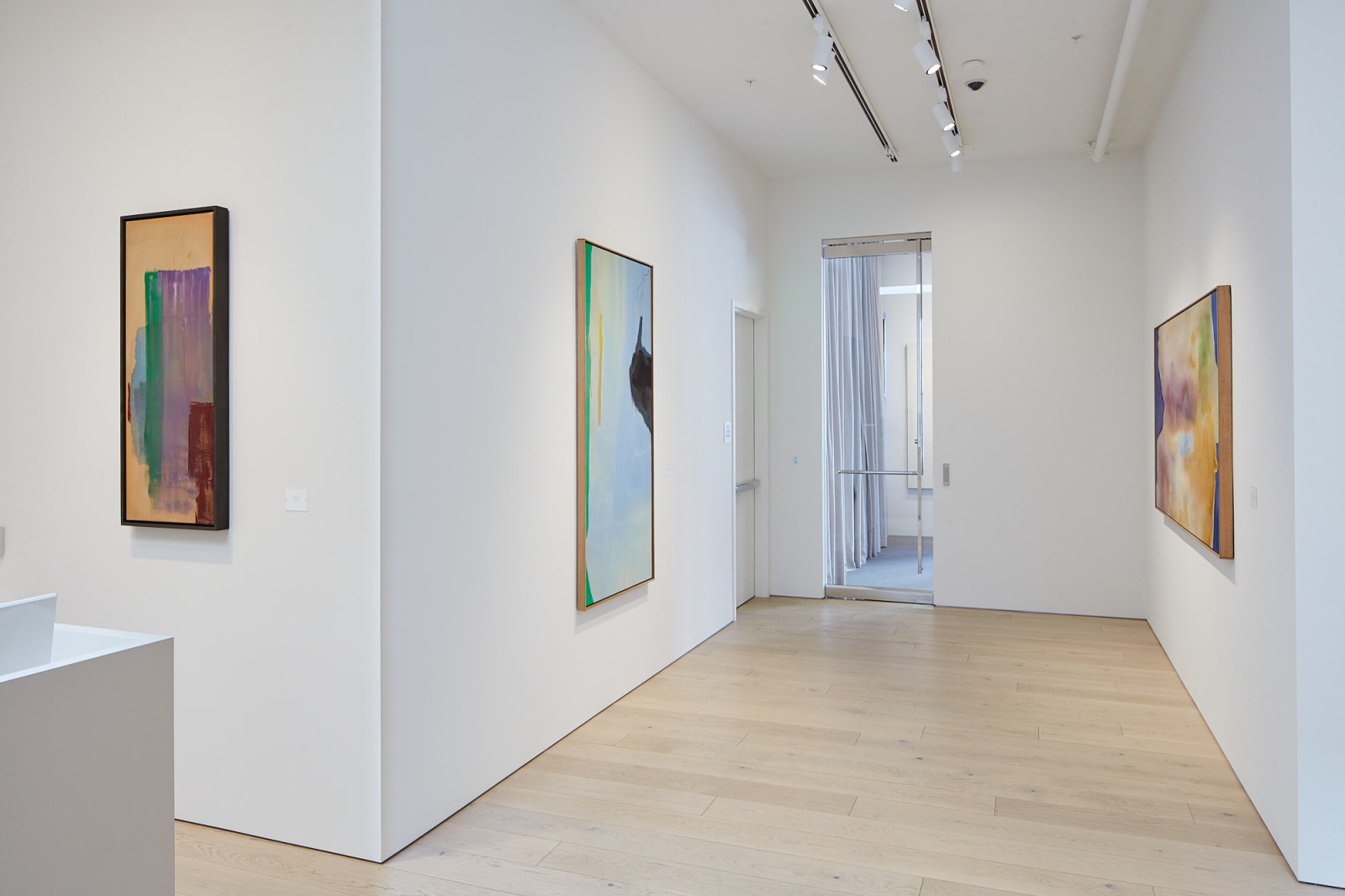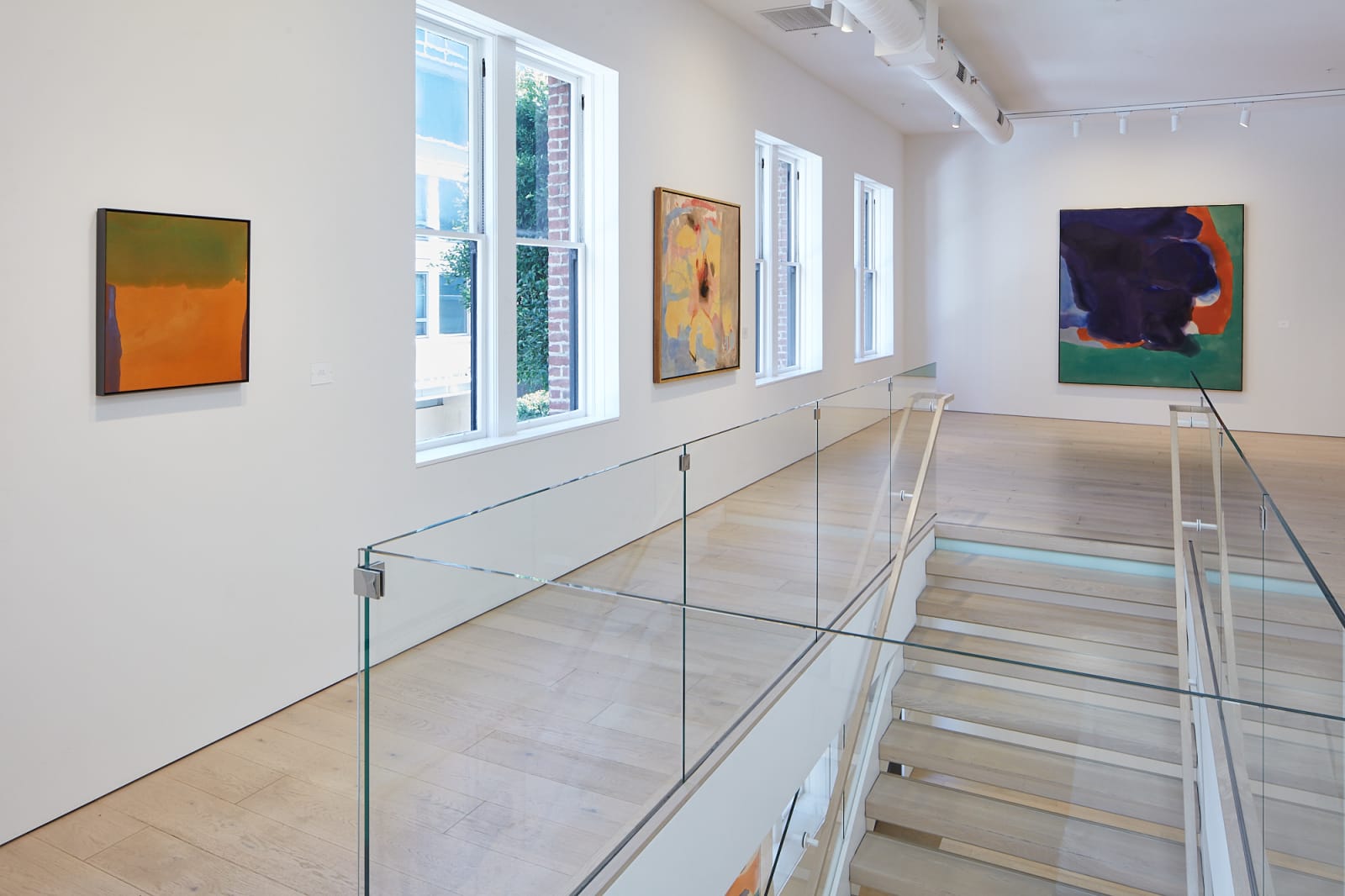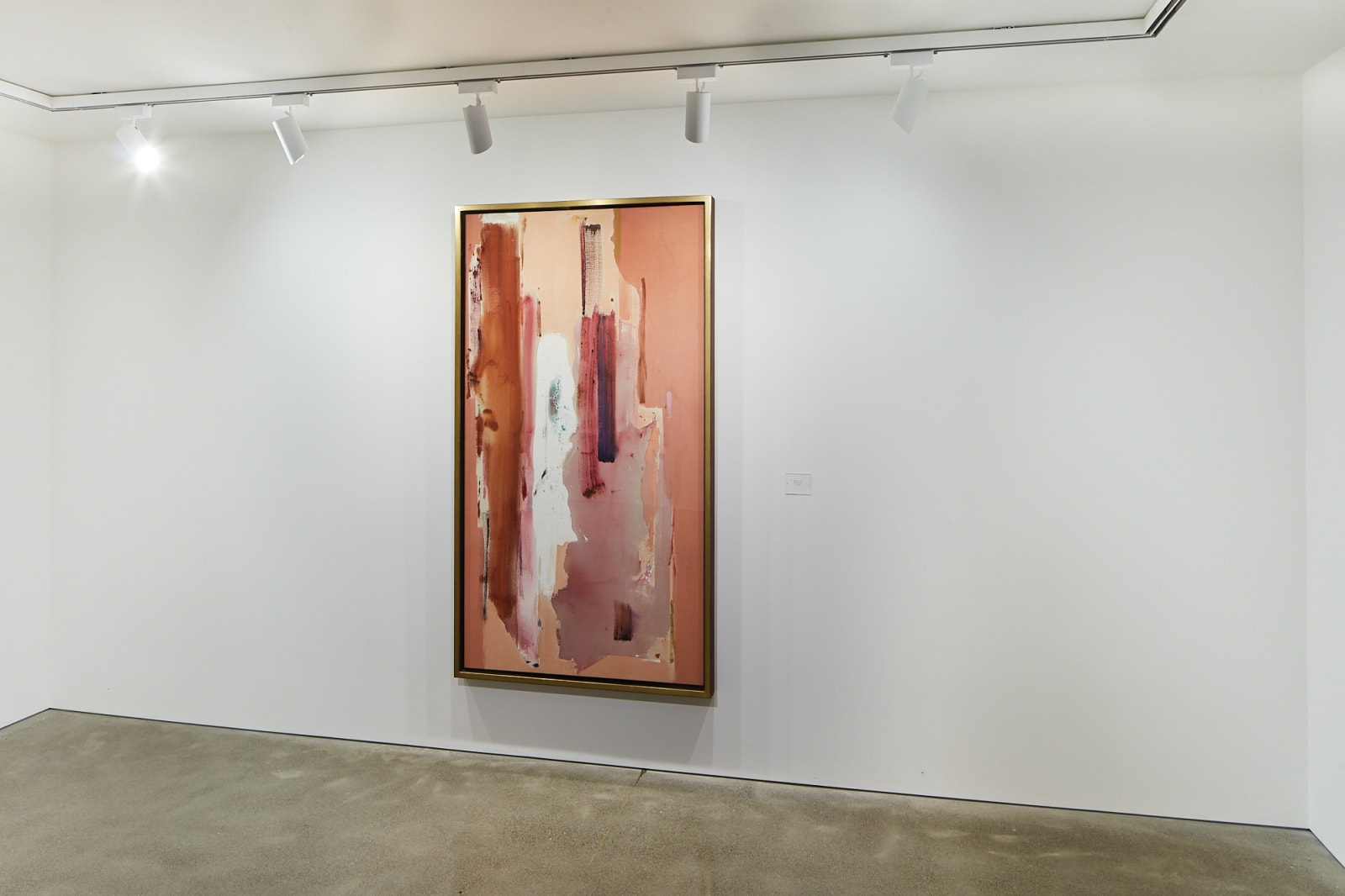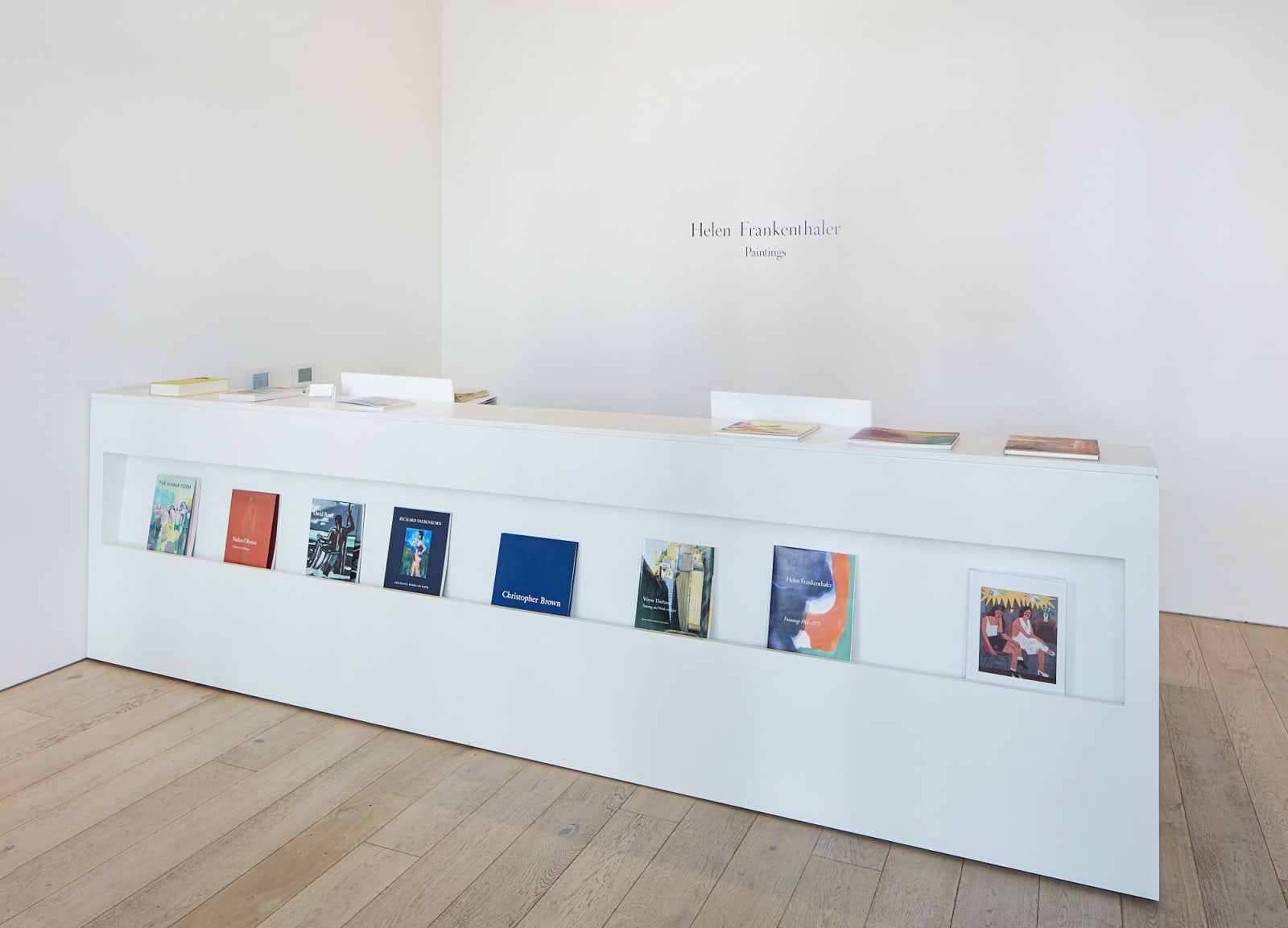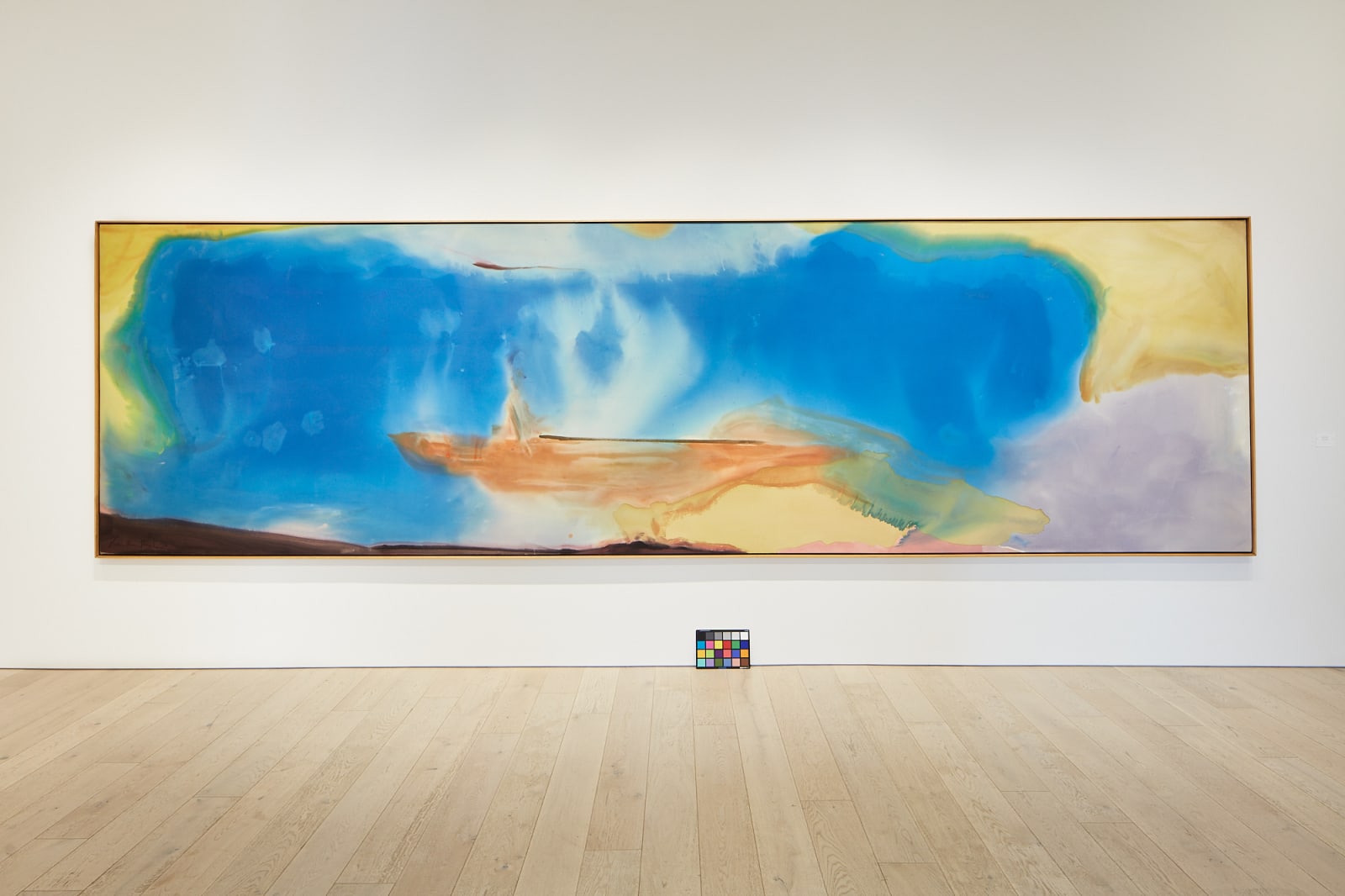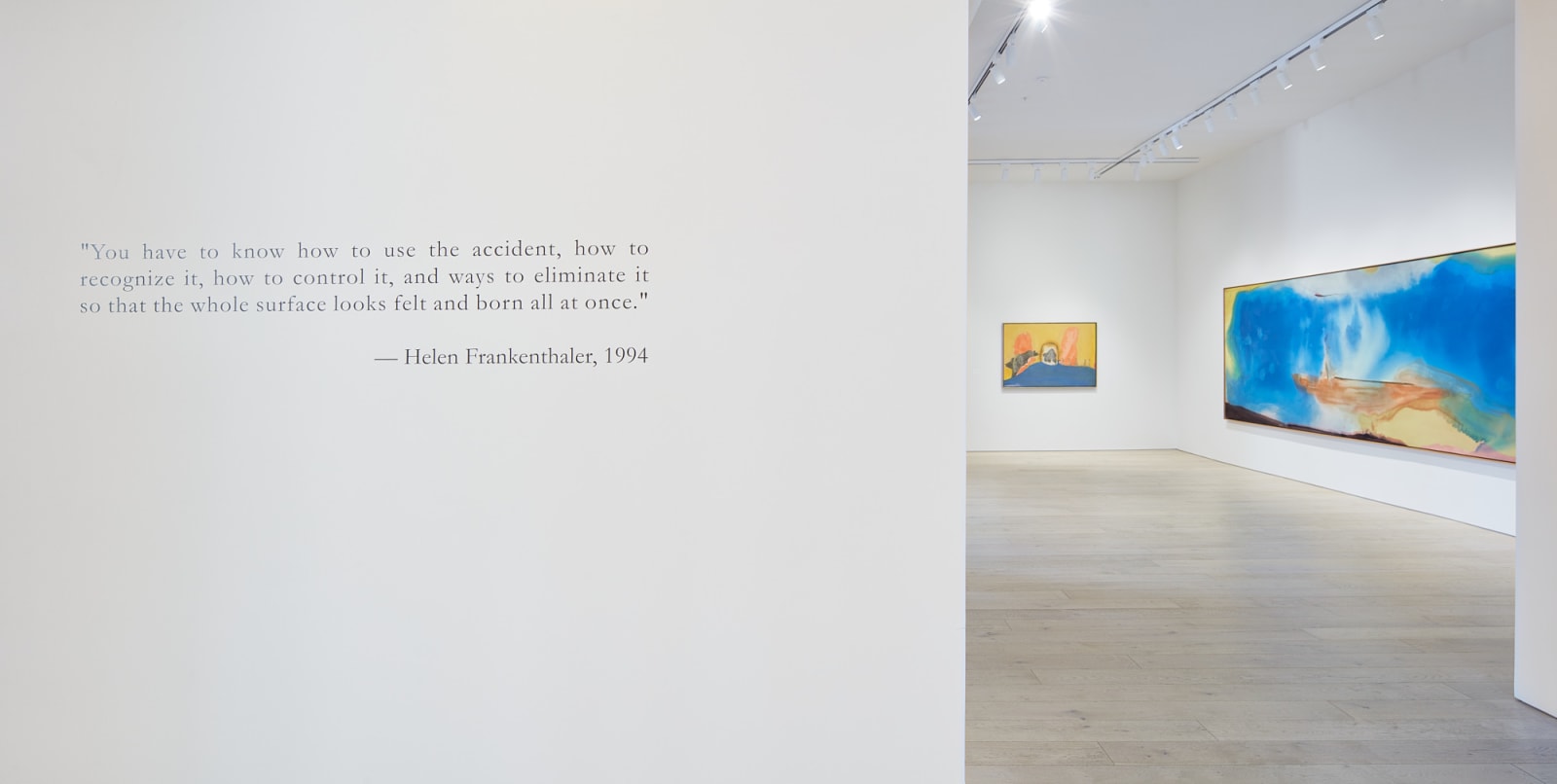-
Installation view of Helen Frankenthaler
-
Installation view of Helen Frankenthaler
-
Installation view of Helen Frankenthaler
-
Installation view of Helen Frankenthaler
-
Installation view of Helen Frankenthaler
-
Installation view of Helen Frankenthaler
-
Installation view of Helen Frankenthaler
-
Installation view of Helen Frankenthaler
-
Installation view of Helen Frankenthaler
-
Installation view of Helen Frankenthaler
-
Installation view of Helen Frankenthaler
-
Installation view of Helen Frankenthaler
-
Installation view of Helen Frankenthaler
-
Installation view of Helen Frankenthaler
-
Installation view of Helen Frankenthaler
-
Installation view of Helen Frankenthaler
-
Installation view of Helen Frankenthaler
-
Installation view of Helen Frankenthaler
-
Installation view of Helen Frankenthaler
-
Installation view of Helen Frankenthaler
-
Installation view of Helen Frankenthaler
-
Installation view of Helen Frankenthaler
-
Installation view of Helen Frankenthaler
-
Installation view of Helen Frankenthaler
-
Installation view of Helen Frankenthaler
-
Installation view of Helen Frankenthaler
-
Installation view of Helen Frankenthaler
-
Installation view of Helen Frankenthaler
-
Installation view of Helen Frankenthaler
-
Installation view of Helen Frankenthaler
Installation view of Helen Frankenthaler






